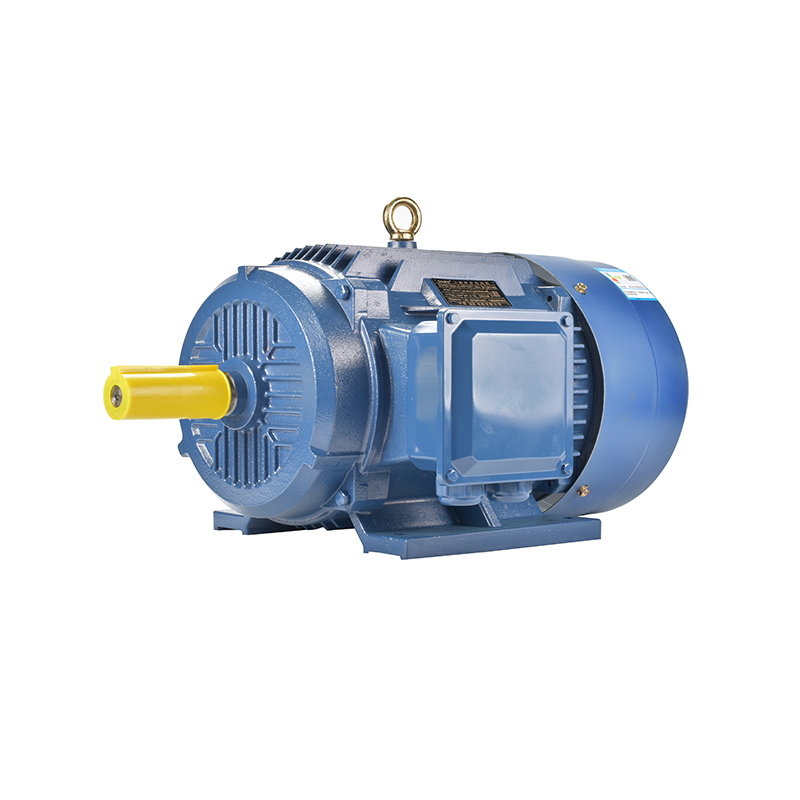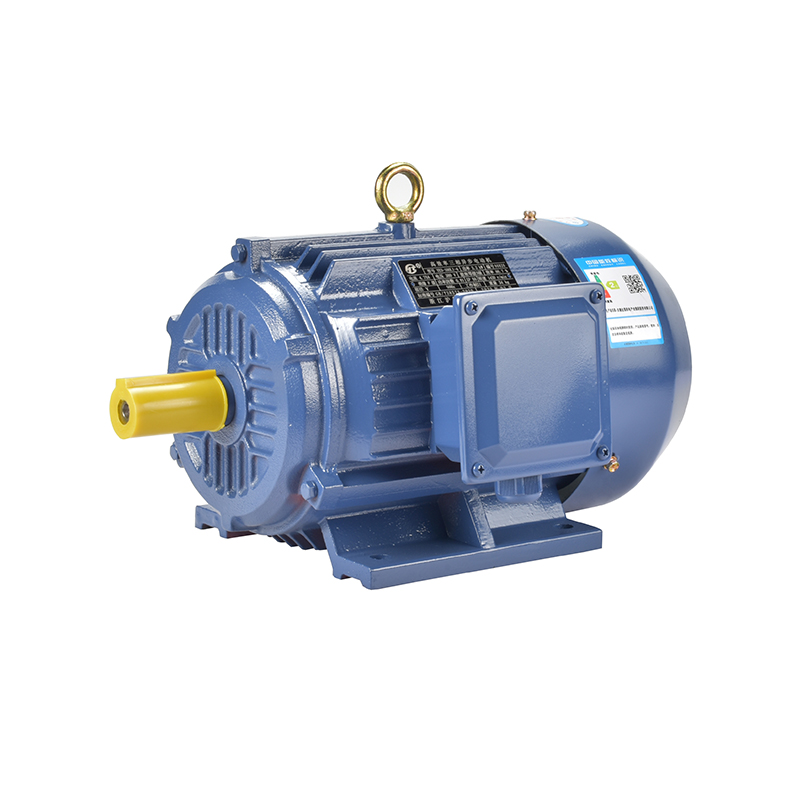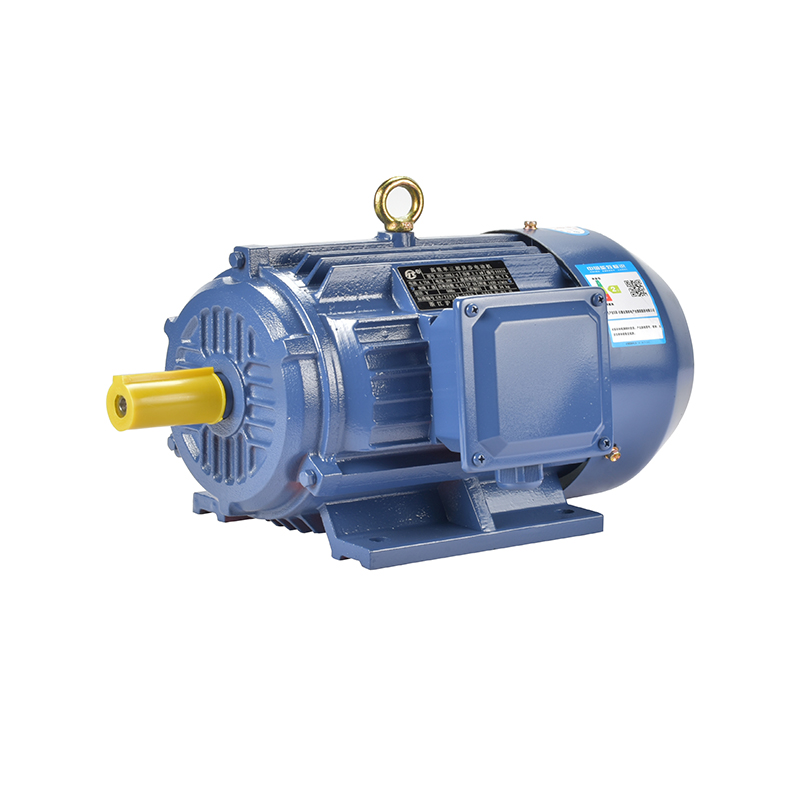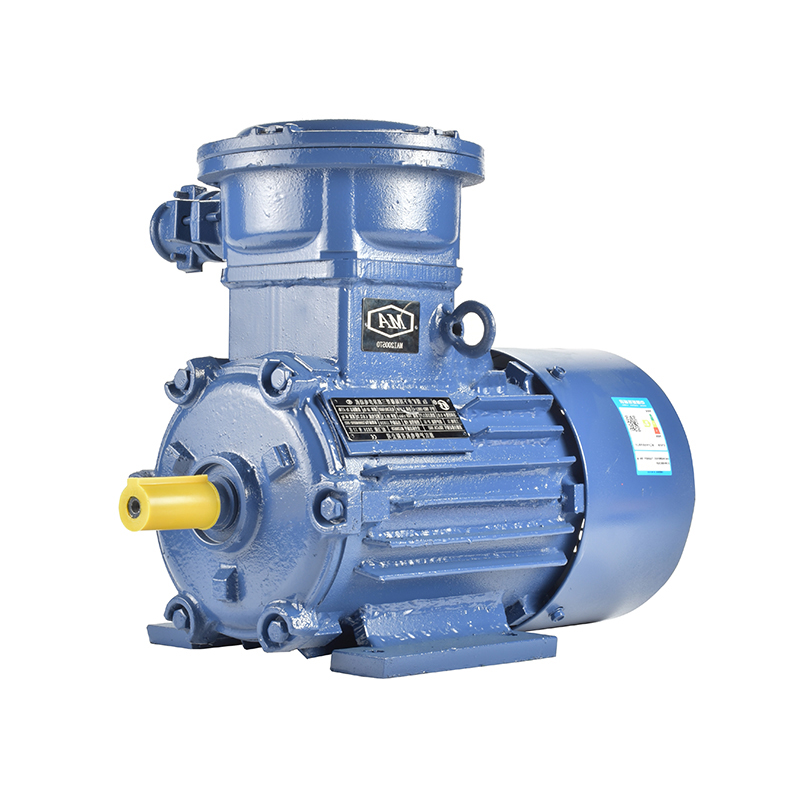Case Study: Electric Motor Use In Food Processing Equipment
Electric motors play a vital role in the food processing industry, where precision, reliability, and efficiency are essential to maintain product quality and meet production demands. This case study explores how different types of electric motors, including stepper motor 3 phase, single-phase AC motors, and large electric motors, are applied in various food processing equipment, highlighting their functions and contributions to the overall system.
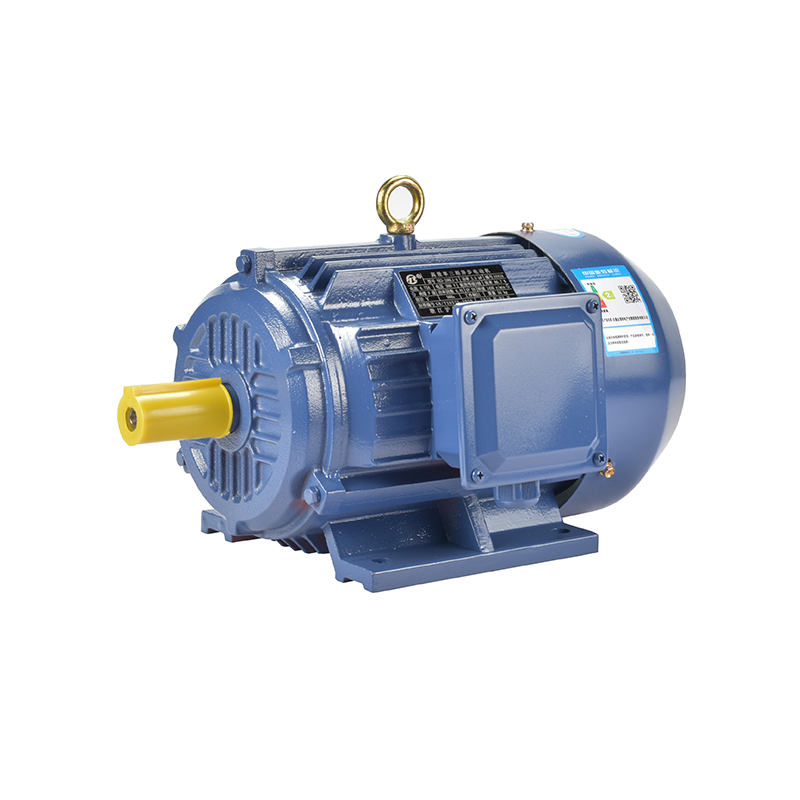
In many food processing lines, precise control over movement and positioning is necessary, especially in packaging, labeling, and portioning machines. Stepper motors are often chosen for these tasks because of their ability to provide accurate incremental movement without the need for feedback sensors. Their design allows them to move in discrete steps, enabling fine control of the mechanical components in food processing equipment. For instance, in automated packaging lines, stepper motors can control the positioning of conveyor belts or the operation of filling valves, ensuring consistent product handling and less waste.
Three-phase motors are frequently used in the food industry for driving equipment that requires continuous operation and higher power levels. Their design provides smooth and efficient power delivery, which is crucial for motors that operate pumps, mixers, and conveyor systems. The three-phase motor is favored in these applications because it offers good torque characteristics, reliable operation under load, and the ability to handle variable speeds through motor controllers. For example, in dough-mixing machines or liquid-transfer pumps, three-phase motors provide the consistent and robust performance needed to keep production running smoothly.
Single-phase AC motors also find their place in food processing, particularly in smaller machines or equipment used in less demanding applications. One phase AC motors are commonly found in devices such as slicers, small conveyors, or cooling fans. Their simpler design makes them cost-effective and easier to maintain, which is advantageous for machines that do not require the continuous high power output of three-phase motors. These motors often serve in support roles where reliability and straightforward operation are priorities.
In addition to these smaller and medium-sized motors, large electric motors are indispensable when it comes to heavy-duty processing tasks. Large motors provide the torque and power needed for high-capacity mixers, industrial ovens, and heavy conveyors. Their ability to handle substantial loads over long operating periods makes them essential for large-scale food production facilities. In a bakery setting, for example, large electric motors drive the main mixing drums that prepare large batches of dough, ensuring consistent texture and mixing quality. Similarly, in a meat processing plant, heavy conveyors powered by large motors move large volumes of product efficiently and safely.
One notable aspect of motor selection in the food industry is the consideration of hygiene and safety requirements. Motors used in food processing equipment often need to withstand frequent cleaning cycles, exposure to moisture, and potential corrosive substances. As a result, manufacturers select motors with appropriate enclosures, seals, and materials that comply with food safety standards. For example, stainless steel housings and IP-rated enclosures are common features in motors used near washing stations or in wet environments. This helps extend motor life and reduces the risk of contamination.
Moreover, the integration of motor control systems plays a significant role in modern food processing equipment. Variable frequency drives (VFDs) and other control technologies allow operators to adjust motor speed and torque based on the process requirements. This flexibility helps optimize energy consumption and improve the overall efficiency of the production line. Three-phase motors paired with VFDs enable smooth acceleration and deceleration, which is critical in processes such as dough kneading or bottling, where sudden changes in speed could affect product quality.
Stepper motors, too, benefit from advancements in control electronics, which allow for more precise movements and improved responsiveness. This is especially useful in applications requiring synchronization between different parts of the machine, such as labeling or packaging. Their ability to maintain position without continuous power input also reduces energy use during idle periods.
In conclusion, electric motors of various types—including stepper motors, three-phase motors, single-phase AC motors, and large electric motors—form the backbone of food processing equipment. Each motor type addresses specific operational needs, from precise control and moderate power applications to heavy-duty processing. Choosing the right motor involves considering factors such as power requirements, control precision, environmental conditions, and compliance with food safety standards. By matching motor capabilities with process demands, food processing facilities can achieve stable production, consistent product quality, and efficient operation.
-
Feedback



 English
English русский
русский Español
Español عربى
عربى


